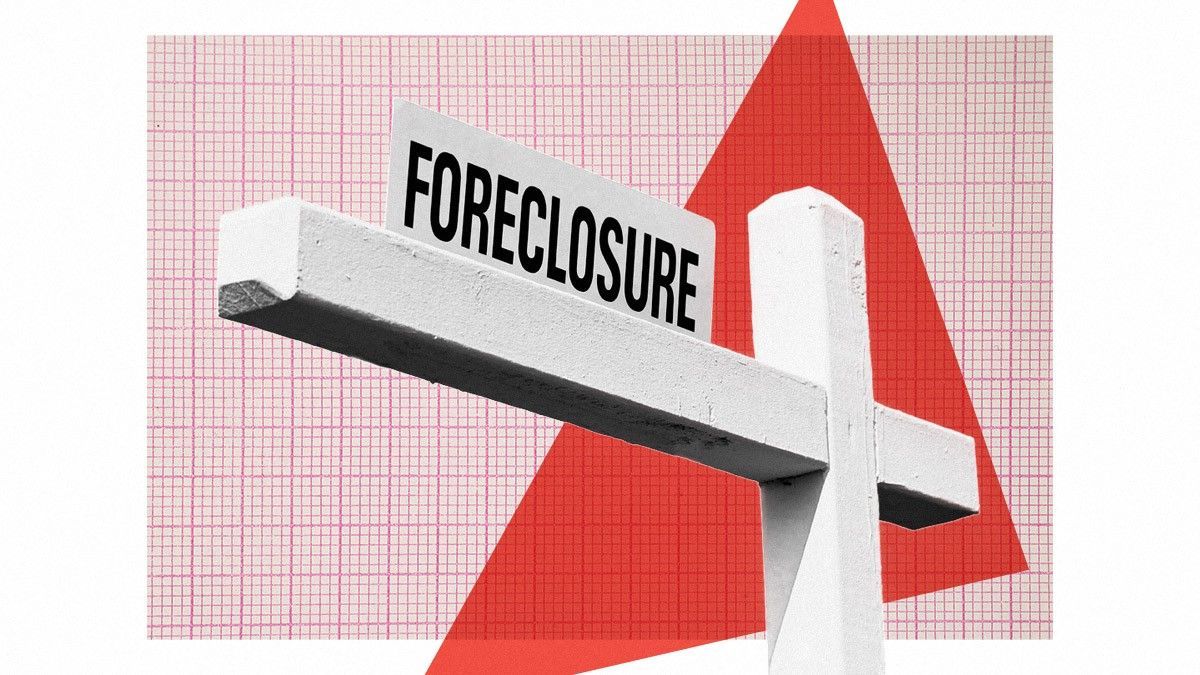Foreclosures Spike. Is This a Bad Omen for the Housing Market?
The number of homeowners receiving a dreaded foreclosure filing spiked in May.
About 1 in every 4,000 homes had a foreclosure filing in May, according to a recent report from real estate data firm ATTOM. Foreclosure filings shot up 7% from April and were up 14% year over year.
This might cause folks to draw uncomfortable parallels with the Great Recession, especially as home prices have been falling as buyers have been backing away from the housing market. However, many of these filings are a result of the federal moratorium suspending foreclosures during the worst of the COVID-19 pandemic when millions of Americans were out of work.
While the federal moratorium ended in 2021, many states extended it. Now, homeowners who have been late on their mortgage payments for the past few years are being served with foreclosure notices.
Throughout the country, nearly 35,200 properties were under threat of foreclosure. ATTOM looked at data from more than 3,000 counties making up more than 99% of the country’s population to come up with its findings. Foreclosure filings included default lis pendens (pending legal actions), auction, trustee sale, and foreclosure sale notices. Bank-owned properties were also included.
“A lot of people just can’t afford the house they’re in,” says Paul Urich, a bankruptcy attorney who handles foreclosures in Orlando, FL. “Everything’s become so expensive, and a lot of these folks are trapped in variable-rate mortgages so their payments keep going up and up. Then we have the issue with homeowners insurance where every time we get a storm, [the insurance companies] either cancel or raise the prices.”
Adjustable (variable) rate mortgages can result in much higher monthly payments down the line if mortgage interest rates go up. Mortgage rates have more than doubled over the past two years, from below 3% just two years ago to nearly 7% today for 30-year fixed-rate loans, according to Freddie Mac data.
“The creditors are getting over COVID, and they’re not cutting any more slack,” says Urich.
Where are foreclosure rates the highest?
Illinois, Maryland, and New Jersey had the highest foreclosure rates in the nation. In Illinois, 1 in every 2,144 homes received a foreclosure filing. Florida and Ohio rounded out the top five.
Homeowners in Florida were the most vulnerable to losing their homes. Lakeland had the most foreclosure notices of any metro with at least 200,000 residents. About 1 in every 1,361 homes received a foreclosure filing in the Lakeland metro, midway between Orlando and Tampa.
Other metros where folks were at risk of losing their homes included Elkhart, IN; Cleveland; Palm Bay, FL; and Ocala, FL.
Foreclosures on more than 4,000 properties were completed in May. That’s a 38% jump from April and a 41% increase from the same time last year.
In addition, lenders began foreclosure proceedings on nearly 23,250 homes in May. That’s a 5% rise from the previous year.
“Most homeowners are OK,” says Urich. He’s seeing some homeowners who stopped paying their mortgages during the moratorium who are now being asked to make up payments in one large sum, which they are struggling or are unable to do.
“The ones I’m seeing [in foreclosure] have their mortgage as such a large portion of their budget that they get behind,” he adds.
Source: Realtor.com News


